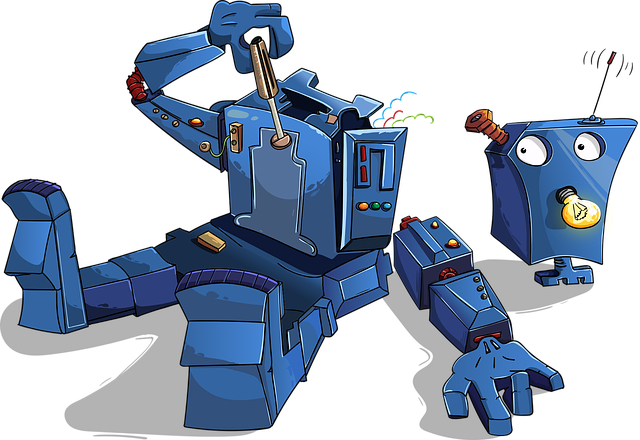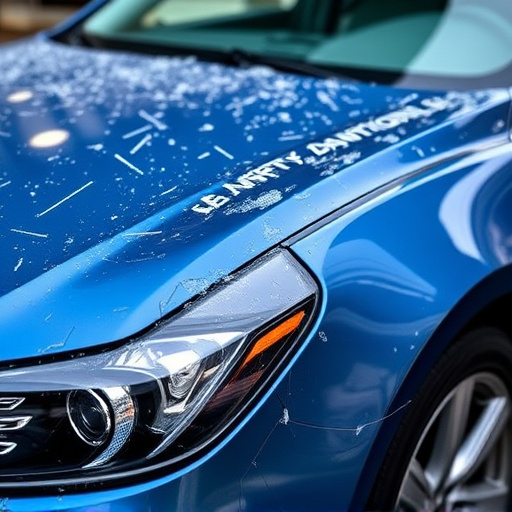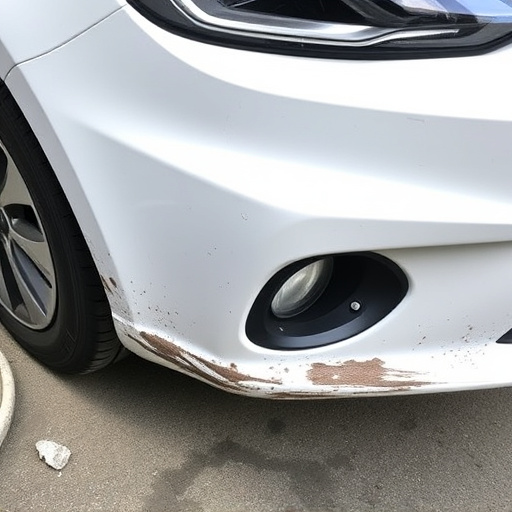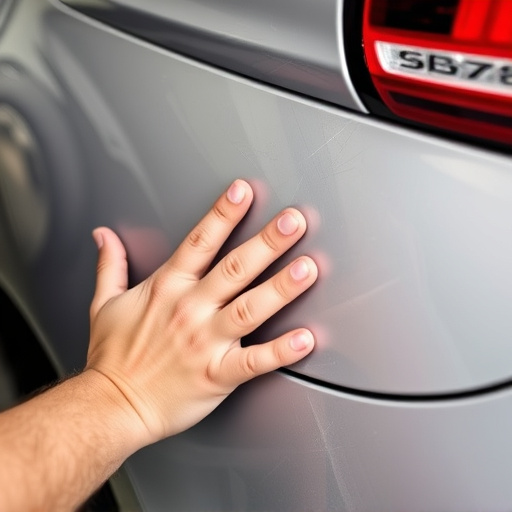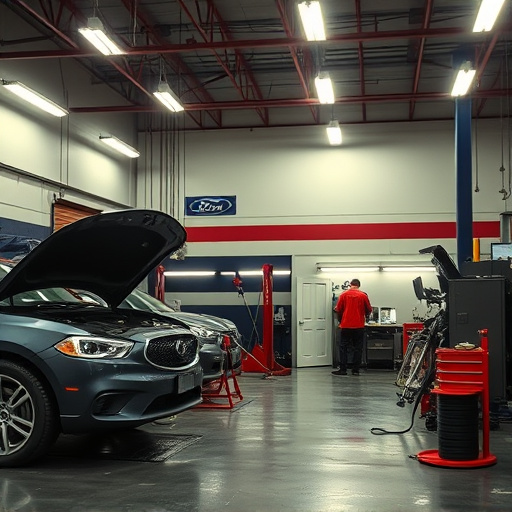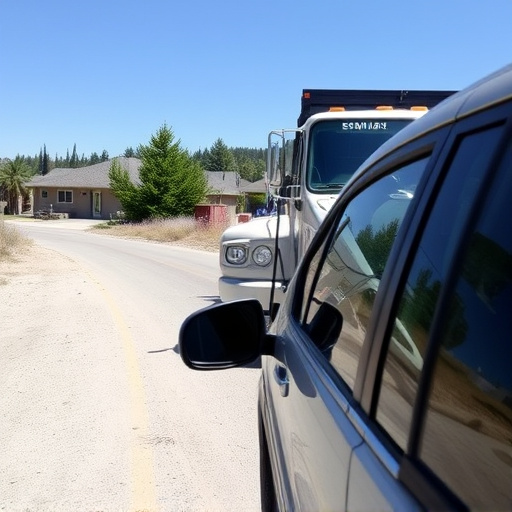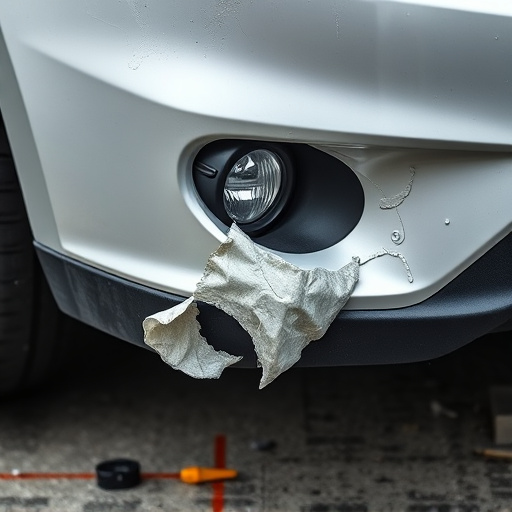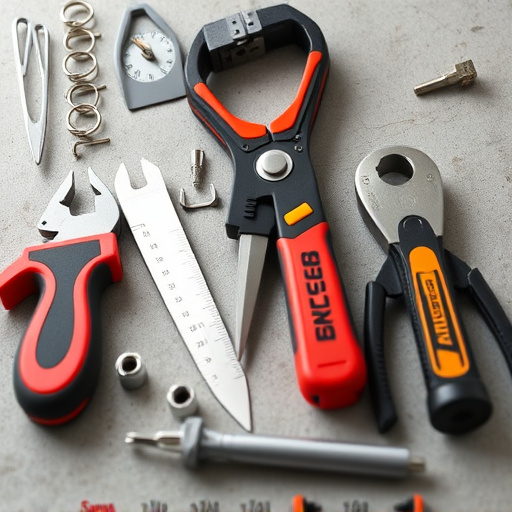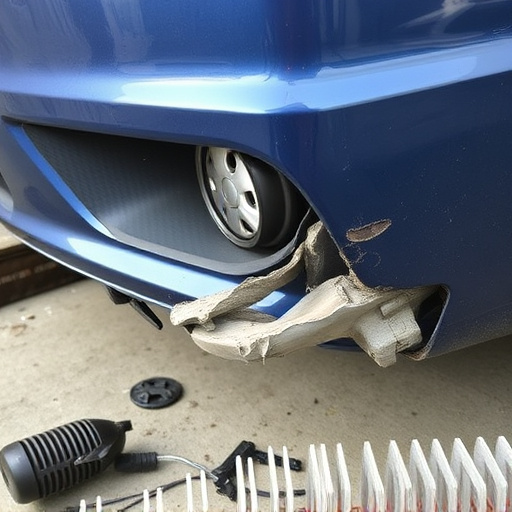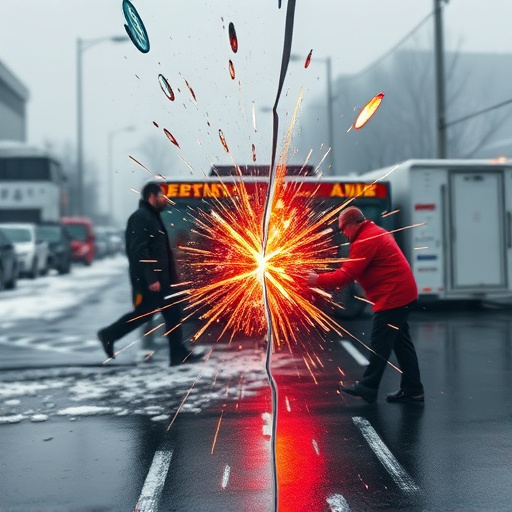The dent repair industry is undergoing a significant transformation driven by cutting-edge technologies like laser and robotic systems, enhancing efficiency, precision, and productivity. Despite challenges such as cost and training requirements, advancements aim to deliver faster, more affordable services. The future holds promise with artificial intelligence (AI) and digital tools like Virtual Reality (VR) and Augmented Reality (AR), promising superior customer satisfaction through innovative solutions.
“Dent repair technologies are evolving rapidly, offering both innovative solutions and complex challenges. This article delves into the pros and cons of cutting-edge advancements, exploring how they transform the automotive industry. From laser repair techniques to 3D printing, these technologies promise efficient, cost-effective repairs. However, barriers such as regulatory hurdles and skill gaps exist. Looking ahead, emerging trends like AI integration and eco-friendly materials are set to revolutionize dent repair, shaping a future where quick, sustainable fixes become the norm.”
- Advancing Dent Repair: Innovative Technologies and Benefits
- Challenges and Limitations: Overcoming Barriers in Dent Repair
- Future Outlook: Trends Shaping Dent Repair Technologies
Advancing Dent Repair: Innovative Technologies and Benefits
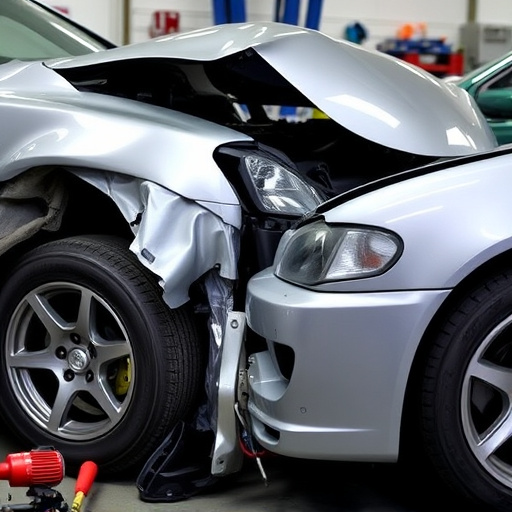
The world of dent repair is undergoing a remarkable transformation with the introduction of innovative technologies. These advanced systems are revolutionizing how vehicle body shops handle dent repairs, offering both efficiency and precision like never before. One prominent example is the use of laser technology for precise and non-invasive dent removal. This method not only reduces the time required for repairs but also minimizes damage to the vehicle’s paintwork and underlying panels.
Additionally, robotic systems are being integrated into vehicle collision repair processes, enhancing accuracy and consistency. These robots can handle complex shapes and contours with ease, ensuring that each dent is removed evenly and effectively. This level of technological advancement promises to improve overall productivity in shops, reduce labor costs, and ultimately provide customers with faster and more affordable dent repair services.
Challenges and Limitations: Overcoming Barriers in Dent Repair
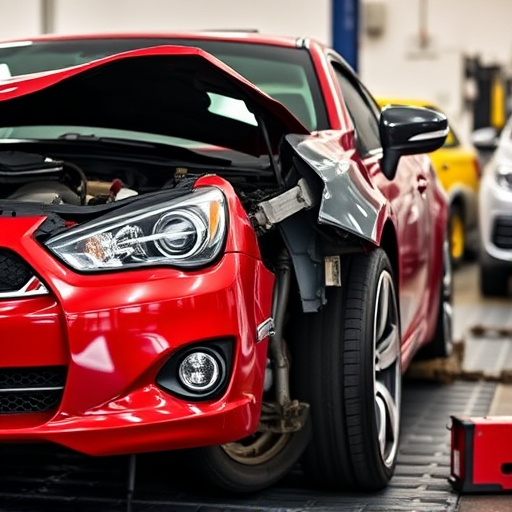
Despite the advancements in dent repair technologies, several challenges and limitations remain, hindering their widespread adoption. One significant barrier is the cost associated with implementing new tools and techniques. Many innovative dent repair methods, while promising, can be expensive for both automotive repair shops and car owners. This financial hurdle often leads to a reluctance to embrace these technologies, especially in regions with tight budgets or limited access to advanced facilities.
Furthermore, training requirements pose another challenge. As dent repair technologies evolve, so do the skill sets needed to operate them effectively. Ensuring that automotive repair technicians have the necessary training and certifications can be challenging, particularly for smaller workshops. This lack of specialized knowledge may result in subpar repairs or even damage if not handled by adequately trained personnel. Overcoming these challenges requires a concerted effort from manufacturers, regulatory bodies, and educational institutions to make these technologies more accessible, affordable, and user-friendly within the car bodywork industry.
Future Outlook: Trends Shaping Dent Repair Technologies
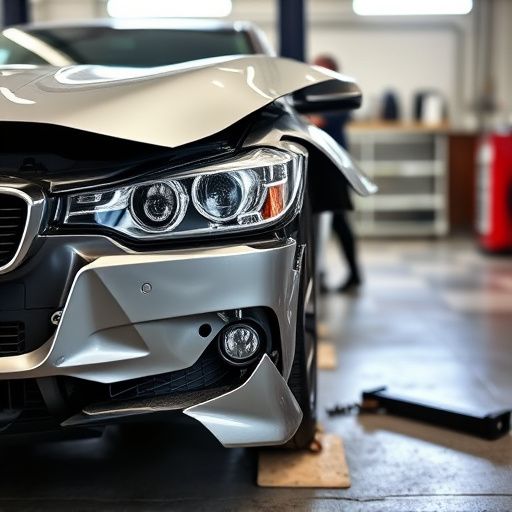
As technology advances, the future of dent repair technologies looks promising and exciting. Emerging trends are shaping the way we address car dents and collision repairs, with a focus on efficiency, sustainability, and customer experience. One prominent trend is the integration of artificial intelligence (AI) and machine learning algorithms in dent repair processes. These innovative systems can analyze damage patterns, predict repair outcomes, and optimize material usage, leading to more accurate and faster repairs. AI-driven tools also enhance precision during complex repairs, reducing the risk of human error.
Additionally, digital transformation is playing a significant role in enhancing dent repair services. Virtual reality (VR) and augmented reality (AR) technologies are being utilized to visualize and communicate damage estimates to customers, providing transparency and peace of mind. Online booking platforms for collision repair services, including car dent repair and auto glass replacement, are gaining popularity, making the process more convenient for vehicle owners. These trends suggest a future where dent repair technologies not only improve efficiency but also offer enhanced customer satisfaction through innovative, accessible, and environmentally friendly solutions.
The evolution of dent repair technologies offers promising solutions for the automotive industry, enhancing efficiency, reducing costs, and improving vehicle aesthetics. While current advancements present significant advantages, addressing challenges related to material science, standardization, and training is crucial for widespread adoption. Looking ahead, future trends in dent repair technologies, driven by AI, automation, and advanced materials, will further revolutionize the sector, making dent repair processes smarter, faster, and more accessible.
